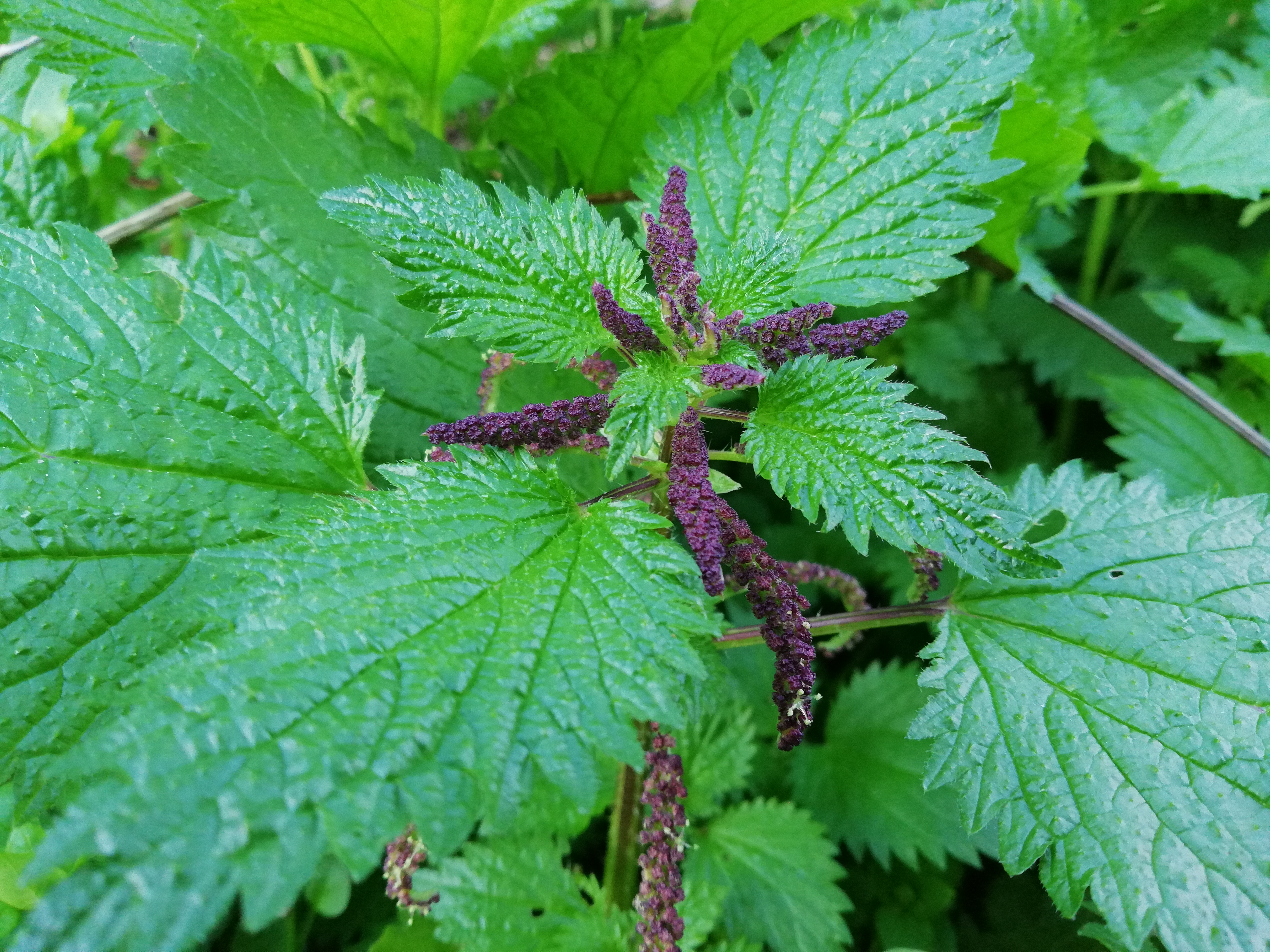The Planet Venus The planet Venus is the second planet nearest to the Sun. Also due to its reflecting ability, it reflects the Sun’s light so intensely that it appears the brightest natural object in Earth’s night sky after the Moon. Fig. 1: The phases of Venus and evolution of its apparent diameter [Kalyvas] Moving around the Sun and …
Categoria: English
Urtica L. – Monograph

Order: Rosales (APG), Urticales (Cronquist)Family: Urticaceae Juss.
A simple cleanser (for face or eye contour)
The commercial cleansers have the huge advantage of being ready to use: you only need to buy and use them! Unfortunately, though, such products are usually made (at least largely) with synthetic chemical substances, which ensure some advantages (like a low production cost, a perfect control upon features like texture, playing time, white film formation or prevention, color, persistence, etc.) …
Saffron infused oil
Today I’ve tried to make saffron infused oil for the very first time. Coming mostly from the Indian tradition, this precious (both because it is made with the most expensive spice and because of its qualities) oil may be used both in the kitchen and for our personal care.
St. John’s harvesting – Salvia sclarea L. and Hypericum perforatum L.
St. John’s day, this year a flower day (the Moon is in Aquarius): perfect for the harvesting of the flowering tops of the plants that are in bloom now. In particular, the majestic and strongly-scented Clary Sage and the King of these days, St. John’s wort. Clary Sage was reputed able to strengthen both the physical and the “inner” vision, …
Field poppy – Papaver rhoeas (and similar species)
Cold in the 4.th degree and moderately moist, the field poppy is cooling, facilitates sleeping, softens the stools, relieves coughing, is choleretic, stimulates the expulsion of Yellow Bile and of any excess of liver heat, possibly compensating overheated Yellow Bile [Giannelli]. Sources [Giannelli] Luigi Giannelli, “Medicina Tradizionale Mediterranea”, Ed. Tecniche Nuove
Nigella damascena – Love-in-a-mist
Botanical name: Nigella damascena L. Common names: Love-in-a-Mist, ragged lady, devil in a bush; ancient: melanthion (Greek), gith. Each time I meet this plant, my gaze is rapt by its beauty and the complexity of its figure. Even if it’s relatively common in the Mediterranean area, in practice it is met not so often. It usually appears in a group: …
Tastes and Herbal Energetics – The Sweet Taste
Today, we are going to speak about the sweet taste: little used in western herbalism and much appreciated within the Eastern traditions, sweet drugs are comforting, tonifying and nutritious.
Tastes and Herbal Energetics – The Bitter Taste
One of the less pleasant of all tastes, but nevertheless so important form the therapeutical point of view: bitter. Let’s have a look at the nature of this taste and of its secondary tastes: acrid-bitter and bitter due to cyanogenetic glycosides.
Tastes and Herbal Energetics – The Salty Taste
Let’s have a look at a taste so peculiar, because of its important and, at least apparently, conflicting functions: indeed, it can soften and wet, or dry: the salty (or saline) taste.